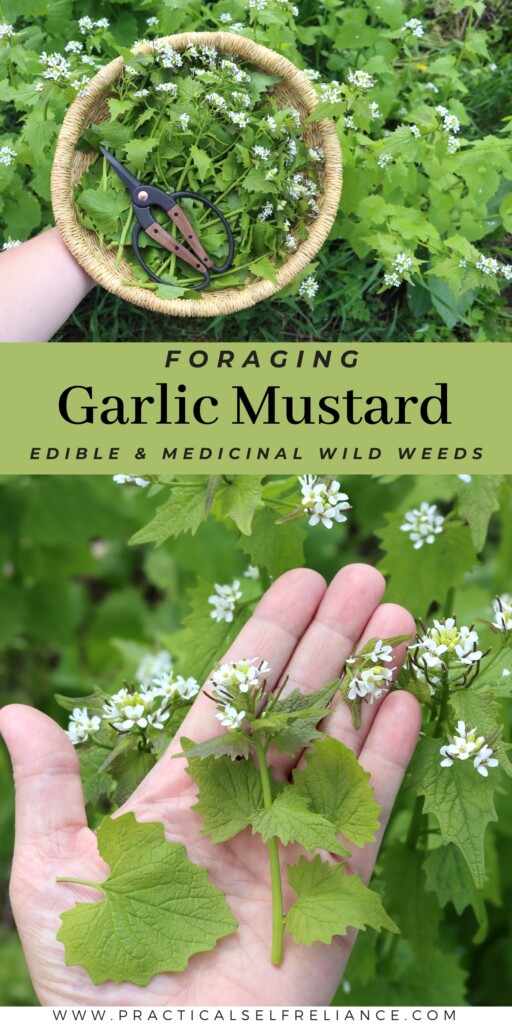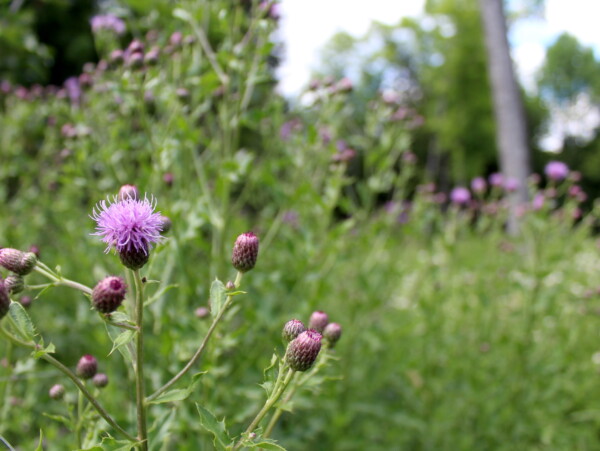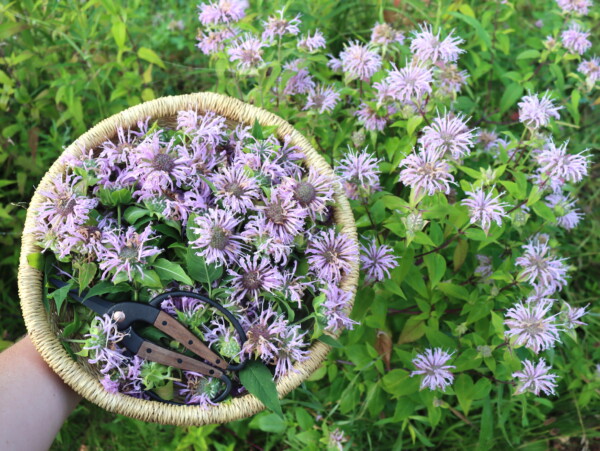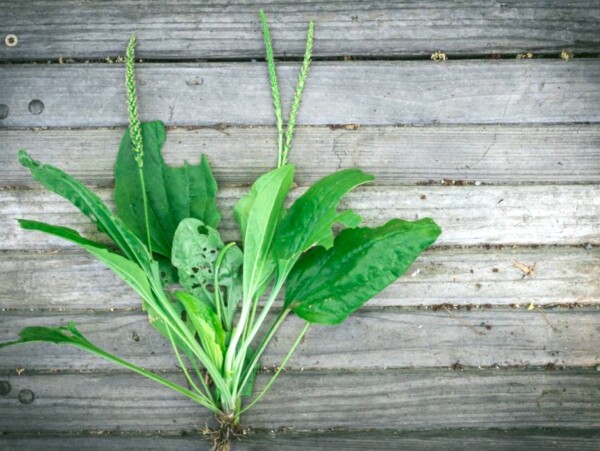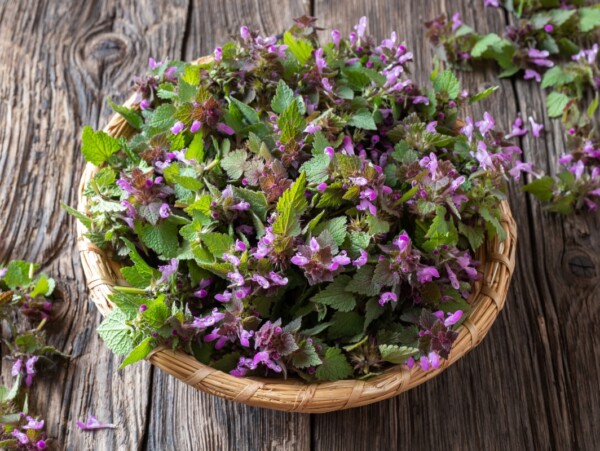Affiliate disclosure: This post may contain affiliate links. Please see our Privacy Policy.
Garlic mustard (Alliaria petiolata) is one of the easiest wild edibles to find, and it’s as versatile as it is abundant. Though often treated as an invasive nuisance, foragers know it as a flavorful green perfect for pestos, sautéed greens, and even spicy condiments.
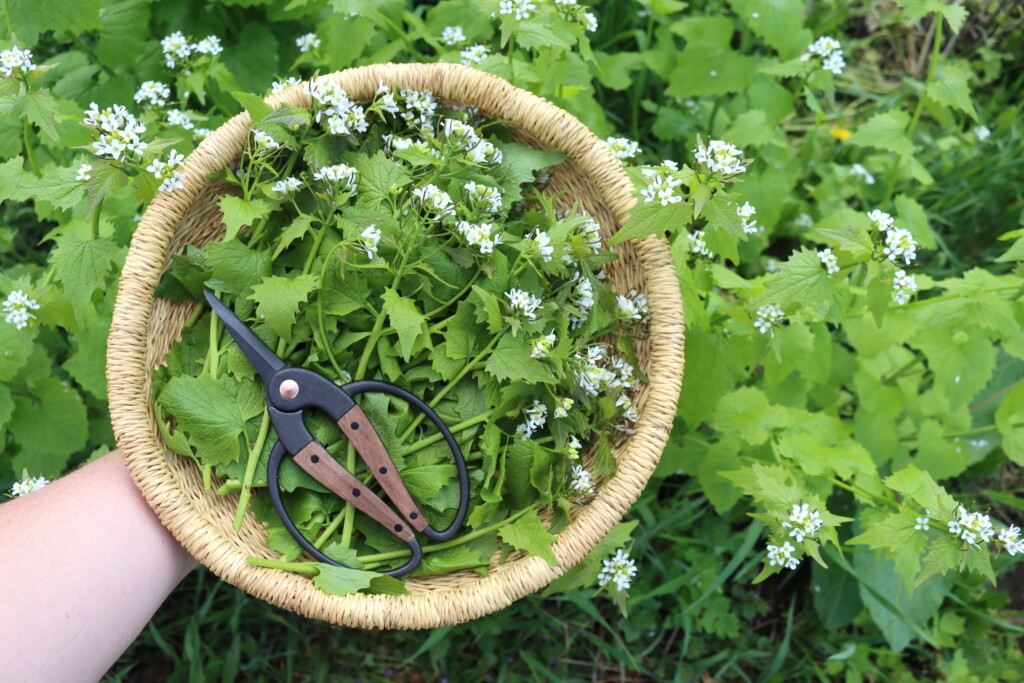
Garlic mustard has a bad reputation, and it’s incredibly invasive. But it’s also edible and tasty.
I know it’s supposed to grow “everywhere” but it honestly took me years to find a patch. People really go crazy cleaning out invasives around here, which is great, but it means that it’s tricky for me to find it to share this information with you all!
Since my first sighting, I’ve found patches in a number of out of the way abused locations, often with compacted soil. There were big patches of it everywhere at the Franklin Park Zoo in Boston, where a combination of foot traffic and over fertilization from all the animals contributed to its spread.
If you do find a patch, don’t feel bad harvesting your fill. It’s really difficult to eradicate once established, and it’s considered one of the most noxious of invasive weeds.

What is Garlic Mustard?
Garlic mustard (Alliaria petiolata) is a biennial herbaceous plant native to Europe and Asia, introduced to North America in the 1800s. It quickly escaped cultivation and is now considered invasive across much of the United States and Canada.
Garlic mustard thrives in woodland edges, shady disturbed areas, and along trails, forming dense colonies that outcompete native vegetation. Despite its aggressive growth, it’s a culinary treasure for those willing to harvest it.

Is Garlic Mustard Edible?
Yes, garlic mustard is edible and quite delicious. Both the leaves and roots can be used in cooking. Young leaves have a garlicky, mustardy flavor that’s excellent raw in salads or made into pesto, while older leaves are best cooked to mellow their bitterness.
The roots can be harvested in early spring and have a horseradish-like heat, ideal for condiments.
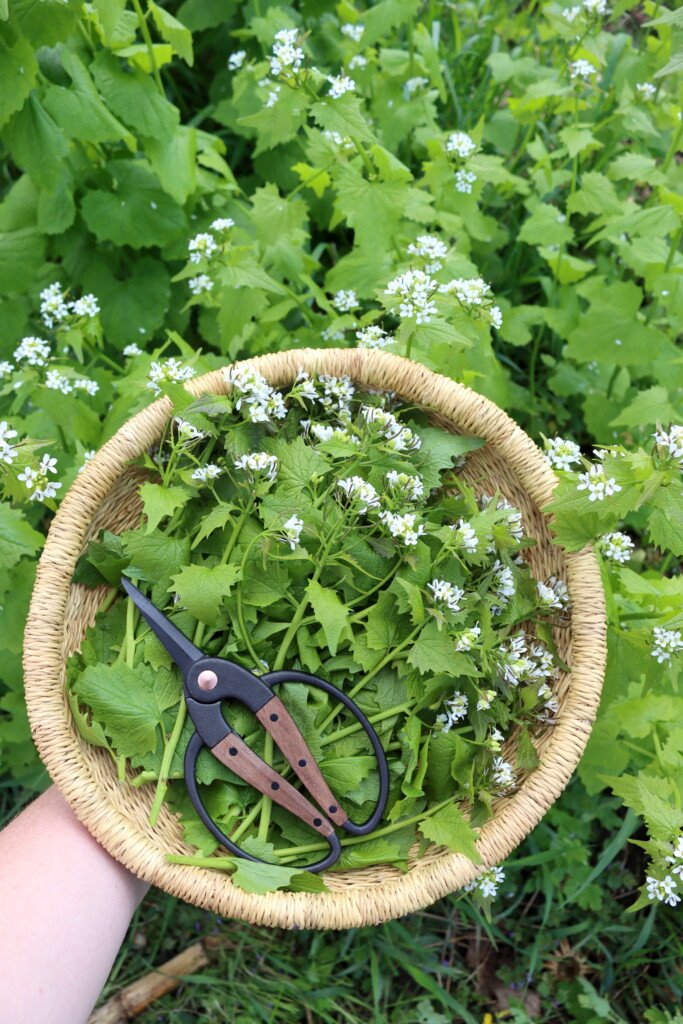
Garlic Mustard Medicinal Benefits
Historically, garlic mustard was valued not just for food but also for its medicinal properties. It was used as a spring tonic, antiseptic poultice, and diuretic.
Modern studies show that garlic mustard contains high levels of glucosinolates and flavonoids, compounds with potential antioxidant and anti-inflammatory benefits.

Where to Find Garlic Mustard
Garlic mustard grows in a wide range of habitats but prefers moist, shady areas. Look for it along forest edges, shaded gardens, parks, trails, and roadsides.
It thrives in disturbed soils and is especially common in areas where native vegetation has been disrupted.
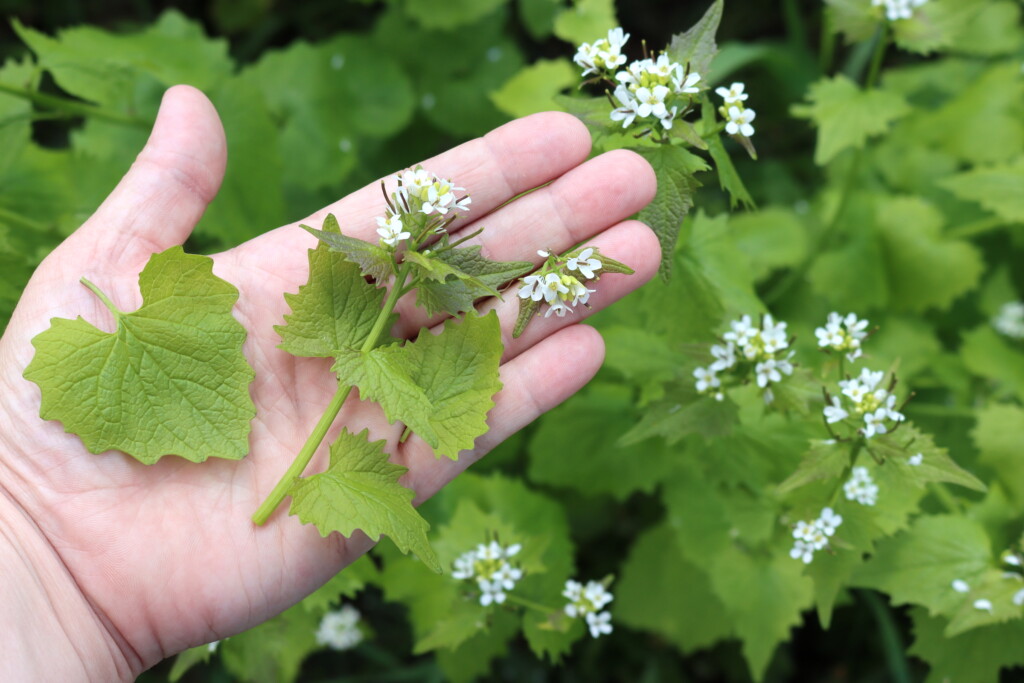
When to Find Garlic Mustard
Garlic mustard is one of the first greens to emerge in the spring. Young rosettes can appear as early as March in warmer climates, and full flowering plants are common from April through June.
The best time to harvest the leaves is in early spring, before the plant flowers, as they become more bitter afterward.
Roots can be harvested in early spring or late fall when the plant energy is concentrated below ground.
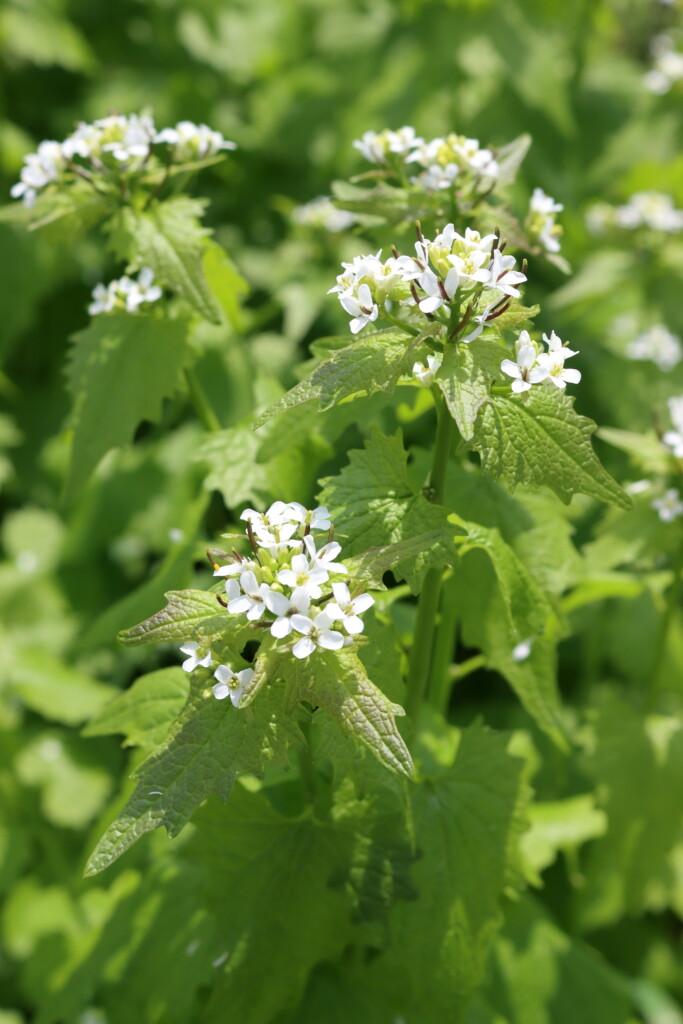
Identifying Garlic Mustard
Garlic mustard is a low rosette of green leaves in its first year and grows into a flowering stalk in its second year, reaching 1 to 4 feet tall.
Garlic Mustard Leaves
First-year leaves are kidney-shaped with scalloped edges, forming a low-growing rosette. Second-year leaves are more triangular with a toothed margin.
When crushed, the leaves release a distinct garlic-like aroma.

Garlic Mustard Stems
Second-year plants develop a single, slender green stem that can branch near the top. The stem may have a slightly hairy or rough texture near the base.
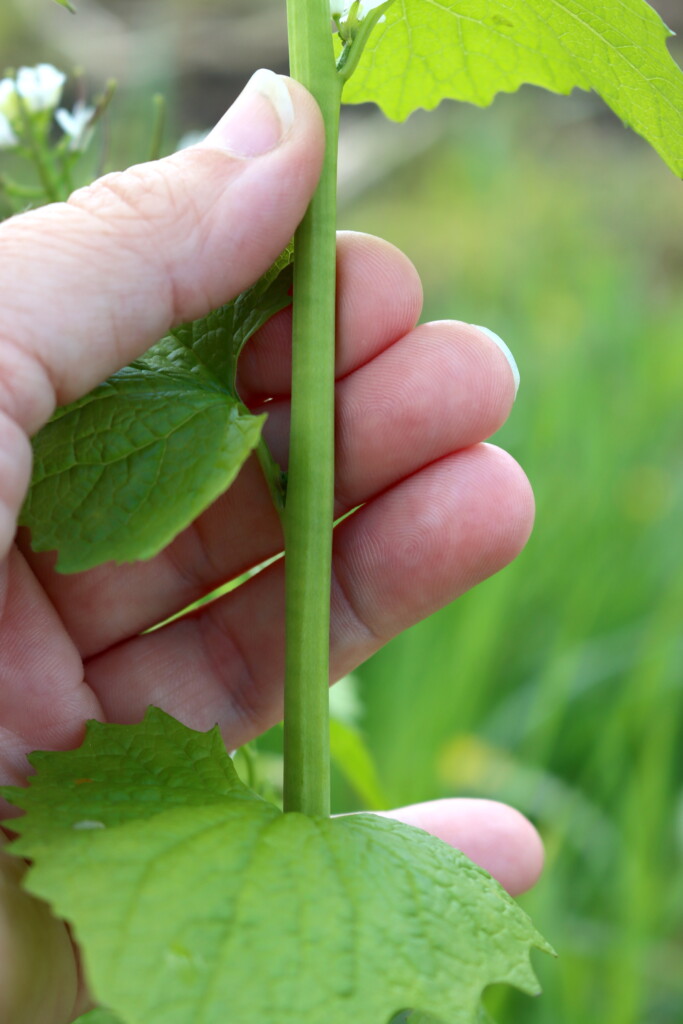
Garlic Mustard Flowers
The flowers are small, white, and composed of four petals arranged in a cross shape. They form clusters at the top of the flowering stalk and appear from April through June.
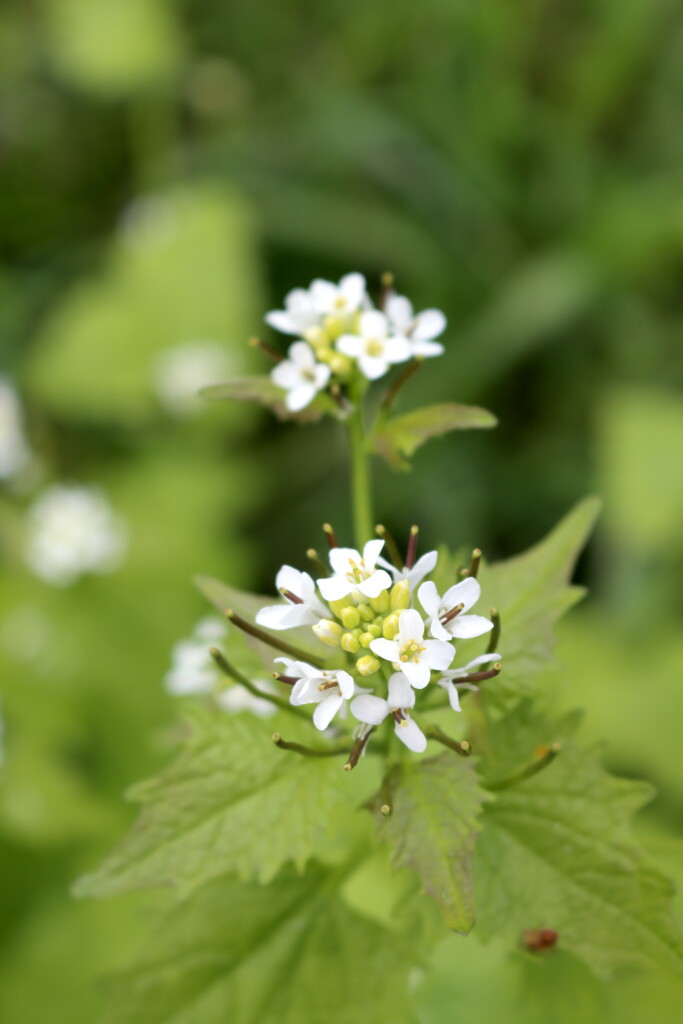
Garlic Mustard Seeds
After flowering, garlic mustard produces slender seed pods called siliques, each containing tiny black seeds. Seeds mature in late spring to early summer.
Garlic Mustard Look-Alikes
Generally, garlic mustard is easy to identify, but there are a few plants that bare a passing resemblance:
- Violet Leaves (Viola spp.): Violet leaves are similar in early spring but lack the garlic scent and have a more heart-shaped leaf.
- Ground Ivy (Glechoma hederacea): Ground ivy forms mats along the ground and has rounder, scalloped leaves with a minty smell.
- Toothwort (Cardamine spp.): Toothwort is a native relative with similar flowers but has more deeply cut, divided leaves.
Ways to Use Garlic Mustard
Garlic mustard is exceptionally versatile. Young leaves can be used raw in salads, sandwiches, and pestos, adding a bright, garlicky punch. Older leaves work well sautéed with other greens or stirred into soups and stews. The roots can be grated and mixed with vinegar for a wild horseradish substitute. Even the flower buds are edible and can be pickled like capers.
Given its invasive nature, foraging garlic mustard not only yields tasty ingredients but also helps control its spread.
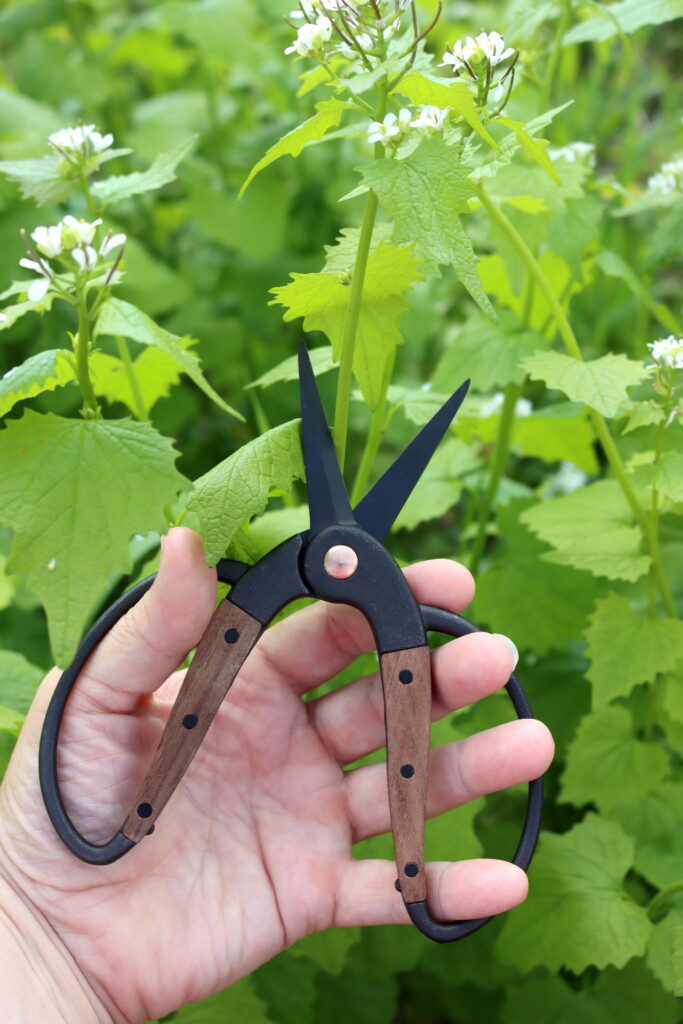
Garlic Mustard Recipes
Garlic Mustard Pesto is perfect for pasta, sandwiches, or crackers, using young leaves to capture the bright garlicky flavor. Sautéed Garlic Mustard Greens are an easy side dish, cooked quickly with olive oil and garlic to mellow the bitterness.
Garlic Mustard Horseradish uses spring-dug roots to create a spicy condiment, great for meats and sandwiches.
Edible Wild Greens
While you’re out gathering garlic mustard, keep an eye out for other early spring greens. Violets carpet shady woodlands and offer tender, mild leaves and edible flowers. Ground ivy crawls along the forest floor and can be brewed into a minty tea.
Dandelion greens are abundant in open fields and offer a nutritious, slightly bitter green for salads or sautés. Later in the season, you might also find lamb’s quarters growing in sunny areas, a wild spinach substitute packed with nutrients.
Chickweed is another tender green often growing alongside garlic mustard, perfect for salads and pestos. With so many edible spring greens available, a walk in the woods can quickly turn into a seasonal feast.
